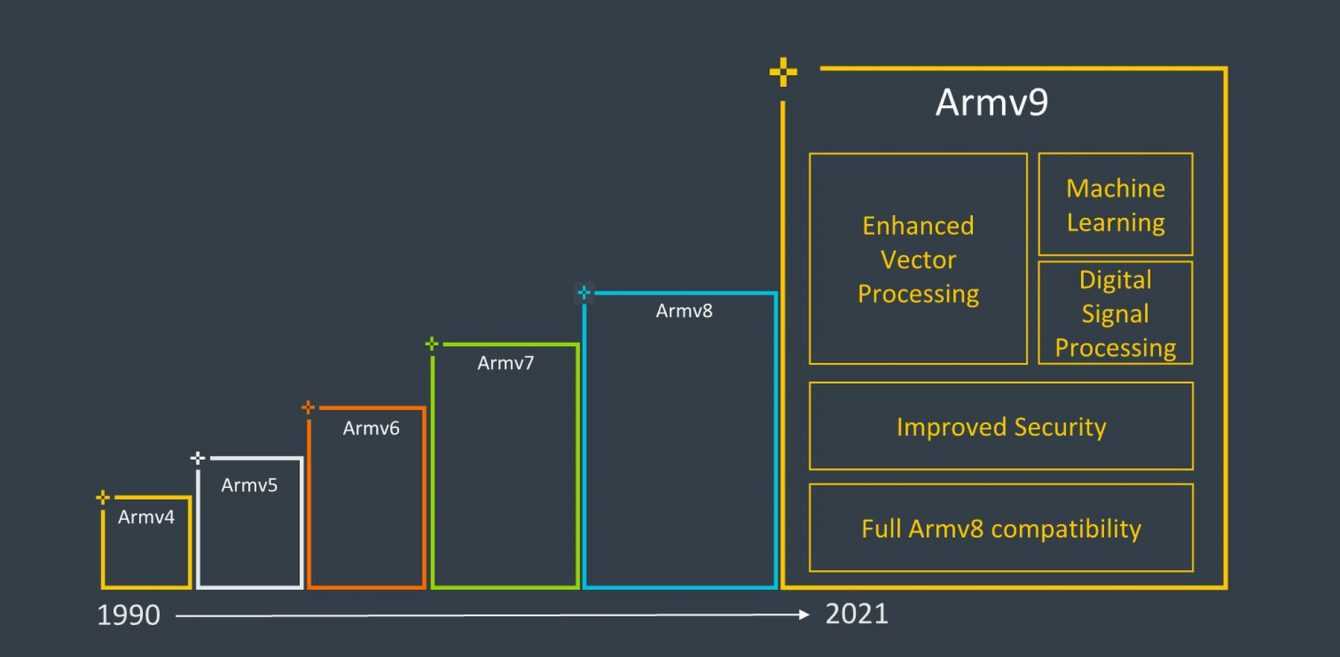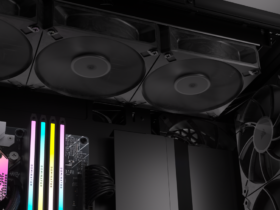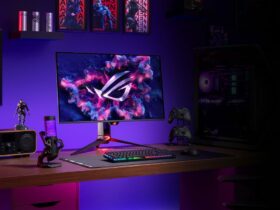The technological giant Arm presents the new ARMv9 architecture that will be the basis of future generations of millions and millions of devices, from smartphones, to PCs to supercomputers
Arm, following its acquisition by NVIDIA, introduced the ARMv9 architecture in response to the global demand for ubiquitous specialized computing with increasingly capable artificial intelligence (AI) and security. ARMv9 is the new Arm architecture presented after more than a decade, building on the success of Armv8 which today delivers the best performance per watt wherever computing takes place. Simon Segars, CEO of Arm, says:
As we look towards a future that will be defined by artificial intelligence, we must lay the foundations for cutting-edge computing that will be ready to face the unique challenges to come. ARMv9 is the answer. It will be at the forefront of the next 300 billion Arm-based chips driven by the demand for pervasive specialized, secure and powerful computing based on economics, design freedom, and accessibility of general-purpose computing.
The number of Arm-based chips shipped continues to increase, with over 100 billion devices sold in the past five years. At the current rate, 100% of the data shared globally will soon be processed on Arm; at the endpoint, in data networks or in the cloud. This pervasiveness leaves Arm with responsibility for providing increased security and performance, along with other new ARMv9 features. The new features in ARMv9 will accelerate the transition from generic to more specialized processing in each application as they go artificial intelligence, the Internet of Things (IoT) and 5G will gain momentum globally.

Arm ARMv9: security, the biggest challenge in computing
To address today’s biggest technological challenge, namely the protection of global data, the ARMv9 roadmap introduces the Arm Confidential Compute Architecture (CCA). Confidential processing protects portions of code and data from being accessed or modified in use, even by privileged software, by performing computations in a secure hardware-based environment. Arm CCA will introduce the concept of dynamically created Reamls, usable by all applications, in a separate region from both the safe and the unsecured world. For example, in business applications, Realms can protect commercially sensitive data and code from the rest of the system while in use, at rest and in transit. In a recent Pulse survey of business executives, business executives, more than 90% of respondents believe that if confidential computers were available, the cost of security could decrease allowing them to significantly increase their investment in engineering innovation. Henry Sanders, corporate vice president and chief technology officer, Azure Edge and Platforms at Microsoft:
The growing complexity of edge-to-cloud use cases can’t be addressed with a one-size-fits-all solution. As a result, heterogeneous processing is becoming increasingly ubiquitous, requiring greater synergy between hardware and software developers. A good example of this synergy between hardware and software is the proprietary processing capabilities of ARMv9 which have been developed in close collaboration with Microsoft. Arm is uniquely positioned to accelerate heterogeneous computing at the heart of an ecosystem, driving open innovation on an architecture that powers billions of devices.
Arm ARMv9: Artificial intelligence everywhere requires specialized and scalable solutions
The ubiquity and range of AI workloads require more diverse and specialized solutions. For example, it is estimated that there will be more than eight billion AI-enabled voice assisted devices in use by mid-2020, and 90 percent or more of the applications on the device will contain elements of artificial intelligence along with artificial intelligence-based interfaces such as vision or voice. To address this need, Arm partnered with Fujitsu to create the tecnologia Scalable Vector Extension (SVE), which is the heart of Fugaku, the fastest supercomputer in the world. Building on this work, Arm developed SVE2 for ARMv9 to enable advanced machine learning (ML) and digital signal processing (DSP) capabilities in a wider range of applications.
SVE2 improves the processing capacity of 5G systems, virtual and augmented reality and ML workloads running locally on CPUs, such as image processing and smart home applications. Over the next few years, Arm will further extend the AI capabilities of its technology with substantial improvements in the multiplication of arrays within the CPU, in addition to continuing AI innovations in its Mali GPUs and Ethos NPUs.
Performance optimization through system design
Over the past five years, Arm projects have increased CPU performance every year at a pace that outstrips the industry. Arm will continue this momentum in the ARMv9 generation with Expected increases in CPU performance of over 30% over the next two generations of mobile and infrastructure CPUs. However, as the industry moves from generic computing to ubiquitous specialized computing, the double-digit annual CPU performance gains aren’t enough. In addition to improving specialized computing, Arm’s Total Compute design methodology will accelerate overall compute performance through system-focused hardware and software optimizations and increase use case performance.
Applying Total Compute design principles to the entire IP portfolio of automotive, client, infrastructure and IoT solutions, ARMv9 system-level technologies will cover the entire IP solution, as well as enhance individual IP. Additionally, Arm is developing several technologies to increase the frequency, bandwidth and cache size and reduce memory latency to maximize the performance of ARMv9-based CPUs.
From the hardware section that’s all! Keep following us!















